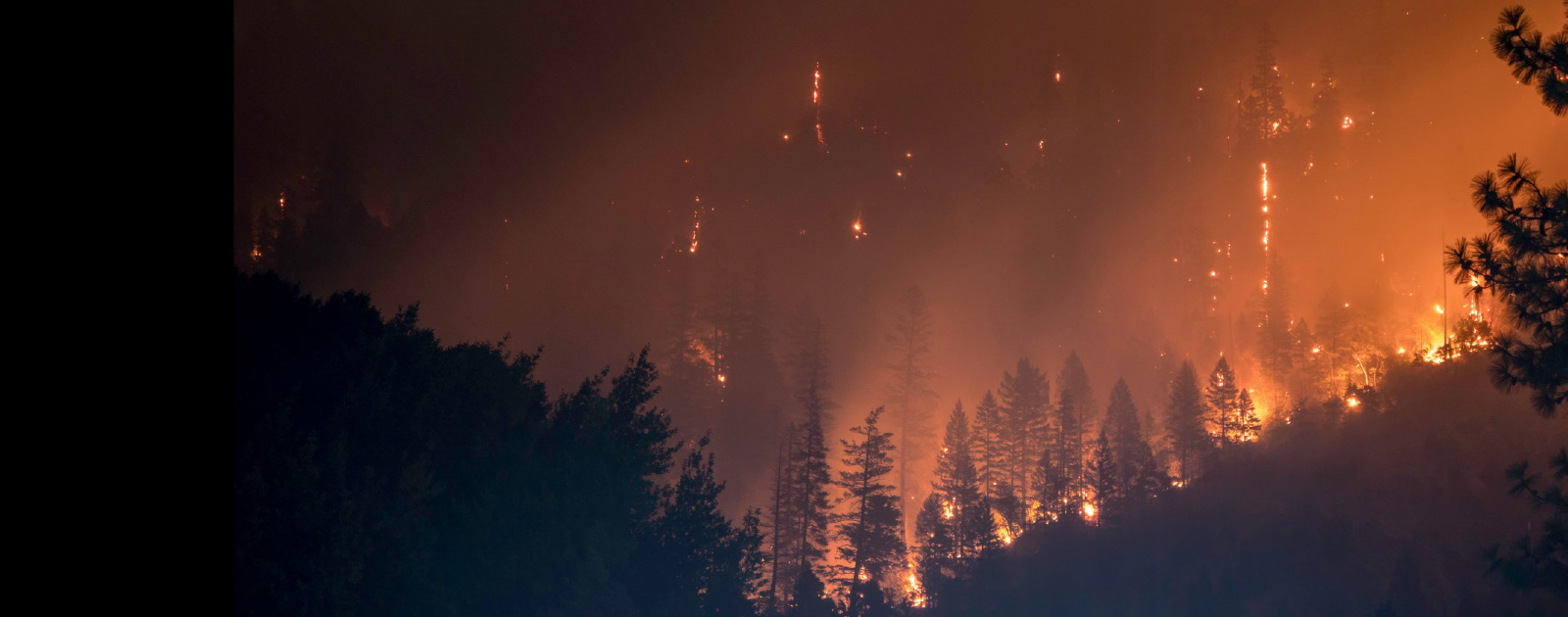With one of the largest and most advanced disaster recovery programs in the world, we run toward danger and disaster, turning emergency response minutes into seconds. We believe in the power of grit and determination, a spirit of service, and the ability to make a better world through technology.
Experienced and ready to respond
AT&T Supporting Customers Impacted by Texas Flooding
AT&T Supports Neighborhoods Affected by St. Louis Tornado
How we're helping
Network disaster recovery
Communications are vital before, during and after any event. Simply put, we are experienced; constantly perfecting the process and ready to respond at a moment's notice.
FirstNet: supporting public safety
FirstNet is the nationwide, wireless communications platform dedicated to America's first responders and public safety community.
Helping you plan ahead
Preparedness is key. Planning ahead and knowing what actions to take before you find yourself in the midst of a disaster will give you more time to focus on the things that matter when a disaster does strike.
Get help
Losing service during a disaster can be not only frustrating, but scary. It is our priority to keep you up to date on service outages, help troubleshoot any issues you may be experiencing with our network.



